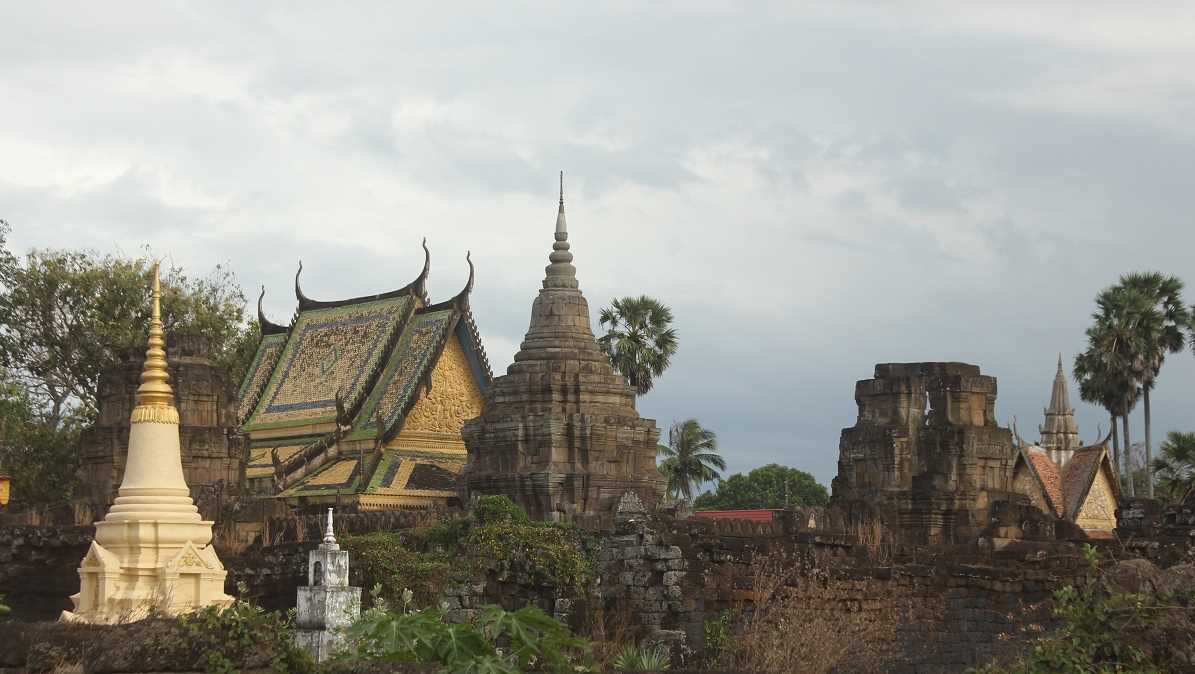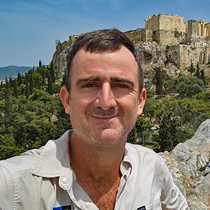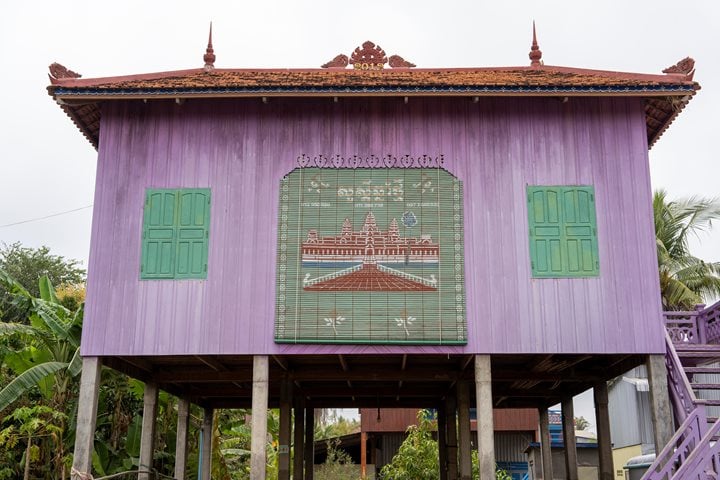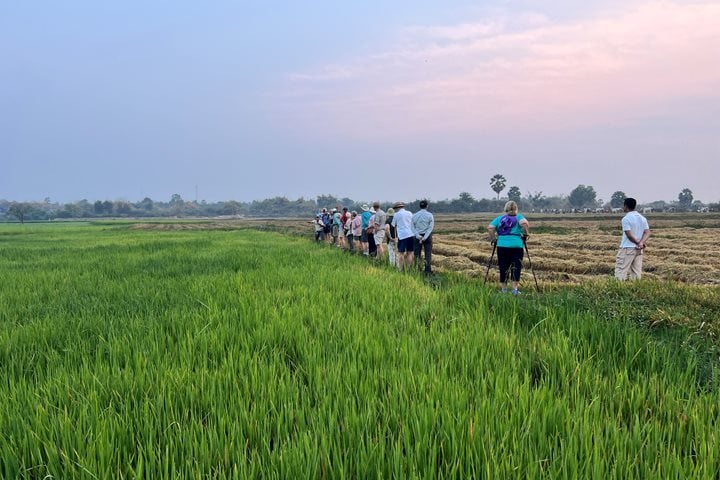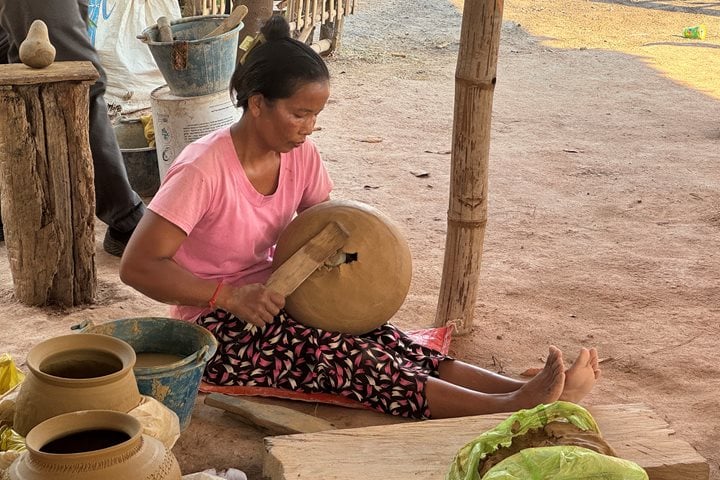An unseasonable overnight shower left the countryside feeling cool and calm. As we disembark Jahan and climb up the slope it is clear how much higher the river is at its maximum discharge compared to this time of year. The morning excursion took us into the delightful village of Angkor Ban. Situated on the Mekong, Angkor Ban is like any number of small secluded Cambodian villages along the banks of the mighty river. However, unlike most villages, Angkor Ban still features many fine old wooden houses, some almost 100 years old. After passing through the local monastery, which is a central feature in all Cambodian villages, we enter the village it itself. We meander our way through the lane ways and cross between stilt houses, bails of hay and livestock. The ground is fairly muddy in parts, so we also get a sense of what life is like here in the wet season. The only sealed road through the town takes us to the local market where the vendors, all women, have locally grown produce for sale.
Upon our return to the ship we are treated to an ancient Cambodian custom – the monks from the village are aboard to bless the ship and its passengers. Their rhythmic drone-like chant creates an otherworldly atmosphere in the lounge. Theravada Buddhism uses the Pali language, and is practiced in Cambodia, Thailand, Laos and Myanmar. The morning is capped off with a very personal talk by cultural specialist David Brotherson who takes us through the stages of his traditional Cambodian wedding.
The afternoon saw us dock at Kampong Cham, Cambodia’s third main city. Named after the Cham ethnic minority, it is a lovely provincial capital with wide boulevards and a promenade along the riverfront. Before we explore the town we are introduced to the OBT school (Organization for Basic Training), which was established in Kampong Cham and provides skills-based training to Cambodian children. Many of Jahan’s crew are alumni. Once we head into Kampong Cham we are taken to an impressive Angkorian temple, Wat Nokor. Built in the late 12th century by Jayavarman VII, today it is a fascinating juxtaposition of ancient and modern architecture. When the religious practices of the Khmer people shifted to Theravada around the 14th century many Hindu and Mahayana temples were reappropriated into the new faith. Wat Nokor is a fine example of this phenomenon as the vihear (congregation hall) is built onto and around the ancient shrine.
Finally, as the sun sets, the ship farewell party gets underway. While we’re only together for a short time, our experiences aboard Jahan will stay with us for many years to come.

